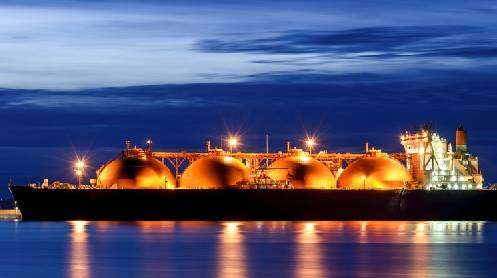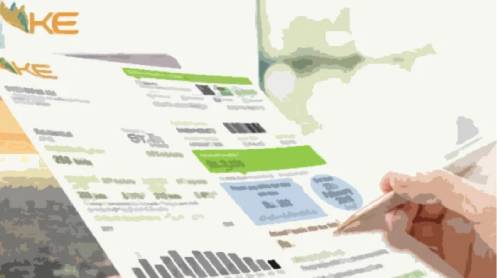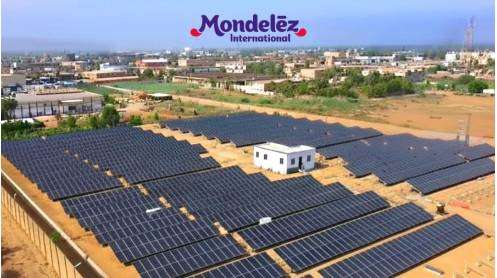ISLAMABAD: Pakistan is likely to defer its planned gas import projects despite long-term population growth and rising overall energy needs, as national gas demand is projected to decline through 2040 while global liquefied natural gas (LNG) oversupply continues beyond 2031.
According to official sources, the government is considering an “all-of-government” strategy to slow down progress on both pipeline import projects from Turkmenistan and Iran and to readjust LNG supply commitments, while prioritizing structural reforms to ensure sustainable energy sector growth.
The policy rethink follows a comprehensive study by UK-based consultancy Wood Mackenzie, which projects a three percent decline in Pakistan’s gas demand between 2025 and 2040, even as total gas supply, including existing LNG contracts, rises until the early 2030s. The report estimates that gas supply will peak at around five billion cubic feet per day (bcfd) by 2031, up from 3.8 bcfd currently, before gradually stabilizing.
In contrast, gas demand is forecast to fall by 3.8 percent by 2031 and another 2.5 percent in the following decade, largely due to a 12 percent reduction in power sector consumption, while industrial and domestic demand are expected to grow modestly by 2.8 and 4 percent respectively.
Wood Mackenzie stressed that Pakistan’s circular debt crisis, caused by price distortions and inefficient market mechanisms, can only be addressed through deep structural reforms — including weighted average costing of gas sources, exploration incentives, domestic field optimization, and loss reduction.
The study noted that Pakistan would require less LNG than initially projected, urging policymakers to revisit import strategies and renegotiate existing contracts. It warned that current take-or-pay LNG deals are undermining domestic exploration and development efforts, with imported gas costing more than double that of local production.
Globally, the report anticipates a new wave of LNG supply beginning in 2026, mainly driven by the US and Qatar, which will likely exert downward pressure on prices. However, Pakistan may not fully benefit due to limited contractual flexibility and infrastructure constraints.
Currently, fossil fuels make up 88 percent of Pakistan’s total energy consumption, with gas and oil contributing 42 percent and 29 percent respectively. By 2040, fossil fuel dependency is expected to drop slightly to 84 percent, with the gas share declining to 30 percent.
The consultancy emphasized that a coordinated national gas offtake plan for the power sector is essential, as it will determine future demand trends. It also cautioned that without urgent reforms, local gas field closures and underinvestment could jeopardize long-term energy security.
Despite these challenges, Wood Mackenzie projects Pakistan’s GDP to grow at an average of 3.7 percent annually between 2025 and 2040, with industrial output expanding by around 4 percent, supported by lower inflation, improved supply chains, and a young labor force expected to push the population to 325 million by 2040.
Story by Khaleeq Kiani








